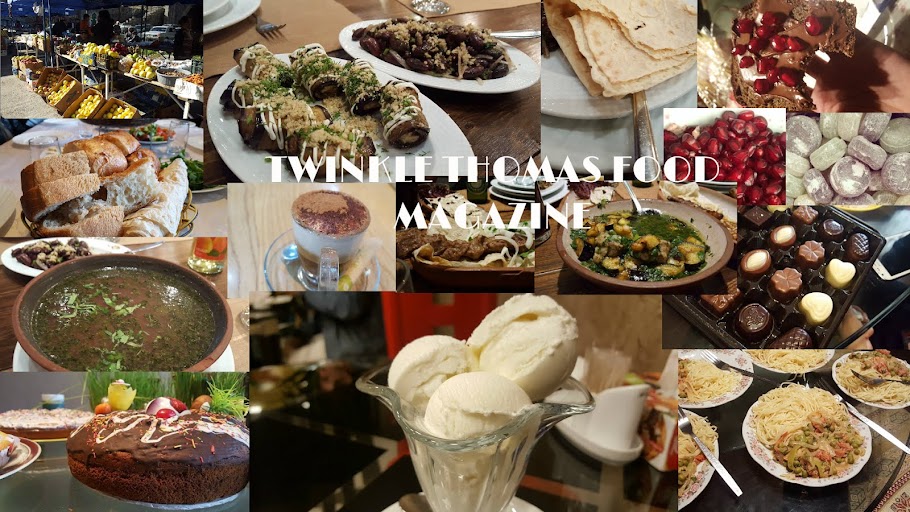 |
| (c) Can Stock Photo |
For a bong the ultimate high is that which is sugar induced.
Bred and brought up on a diet which always ended with rashogolla sandesh or
mishti doi, coming to delhi I was always skeptical of how I would be indulging
my sweet tooth. All pessimism and worry ended when I made acquaintance with
that orange colored delicacy called gajar ka halwa. A sinful sweet morsel
dipped in ghee that melts in your mouth, even a diehard sweet fanatic from the
land of sweets can only close his eyes and enjoy in the pleasures it offers.
Gajar ka halwa is typical north India desert that is found
in the meals of people from northern India and Pakistan. Being of vegetarian origins
and being of medium shelf life work this works as an excellent option as a
dessert and today is even being exported. As a combination of milk, sugar
khoya, ghee and grated carrot it is a light and at the same time nutritive
dessert.
Gajar ka halwa finds its origins in the Mughal court. It is
found to be similar to many Punjabi halwas and hence there is speculation if
the origin is from that region of the sub-continent. The origin of the name
however is based out of the Arabic word halwa, meaning sweet. While there are
various variants of the halwa, milk based and mawa based are the primary two
variants of this dish.
Carrot is an excellent source of vitamin a. it also has high
dietary fibers and a fair amount of carbohydrates. It also is pretty low in fat content with an
average of only 10%. In fact for a dessert, a 300 gm serving affords only about
286 calories making it a good option when seeking to make a dessert that is
also high in nutrient value.
To make this yummilicous savior of my palate in Delhi we
will start with gathering of the ingredients and that starts with the carrots.
The fresh reddish orange carrots that are typical of the north Indian markets
are ideally suited for making this dish, giving it the right colour and
juiciness to the dish. To make this dish we will start with the following
ingredients:
- Carrots – 1 kg
- Sugar – 500 gms
- Whole Milk – 750 ml
- Ghee – 10 table spoons
- Cashew nuts – 15-20
- Almonds – 12-15 (optional for garnishing)
- Cardamom powder – 1 tea spoon
- Khoya- 400 to 500 gms
In preparation wash the carrots thoroughly, scrape the outer
peel of the carrots and then grate it thoroughly and set it aside. Soak the
almonds and cashew nuts in warm water for about 15 to 20 minutes. Now peel the
skin of the almonds and cut them into thin slivers. Chop the cashew nuts also
and set aside. Now take a heave bottomed pan and heat a table spoon of ghee and
roast the chopped nuts till they turn golden brown and then set aside. Add more
ghee, about 4 table spoons in the pan again heat it and now add the grated carrot.
Take your time as you
sauté the grated carrots for about 15 to 20 minutes on a slow low flame. Once
we have sautéed the grated carrot completely the raw smell of carrots go off
and the colour changes. Now add the milk to the carrot and slowly stir for
about 15 20 minutes, till the milk starts to get dense and thick. Now crumble
the khoya spread it over the pan and mix thoroughly, taking care that it
doesn’t stick to the bottom of the pan.
Now add the sugar and continue heating and the water leaves
till the consistency of the mix becomes pretty loose. Continue cooking over a
low flame, till the consistency starts increasing. About 15 minutes of such
cooking will lead to the caramelisation of the carrot milk khoya mixture. This
will increase the consistency to the extent of making the mix sticky. Ideally
about 15 minutes of such cooking is required. Now add the remaining ghee of
about 5 table spoons to the mix, followed by the cardamom powder and the
roasted cashew nuts that have been set aside earlier. Mix evenly and cook for
about 5 more minutes till it comes together as a single mass. Switch of the
flame and transfer to a bowl.
To serve make
individual portions and garnish using the slivers of the almonds that was made
earlier. It is best served hot when the smell of the warm ghee titillates your
senses as a precursor to what is to follow when you are savoring a mouthful of
the delicacy.
In every dish that I have made I have found that my mother’s
secret ingredient has always made the difference in making a good dish into
extraordinary. However in a sweet dish the essence of love is that much more
for love is probably the sweetest feeling around. So when making a dessert my
mother’s advice has always been to make it as a celebration of all things good.
And so I tell you to add in a dash of love that is more than what you would in
a normal cook, sprinkle a little more smile than you would normally do, and
when you eat feel the warmth rush through your buds and take you to a high like
no other. Bon appétit.

No comments:
Post a Comment